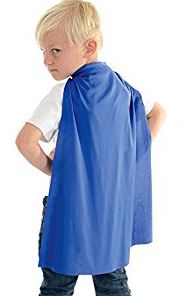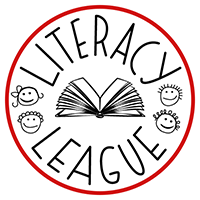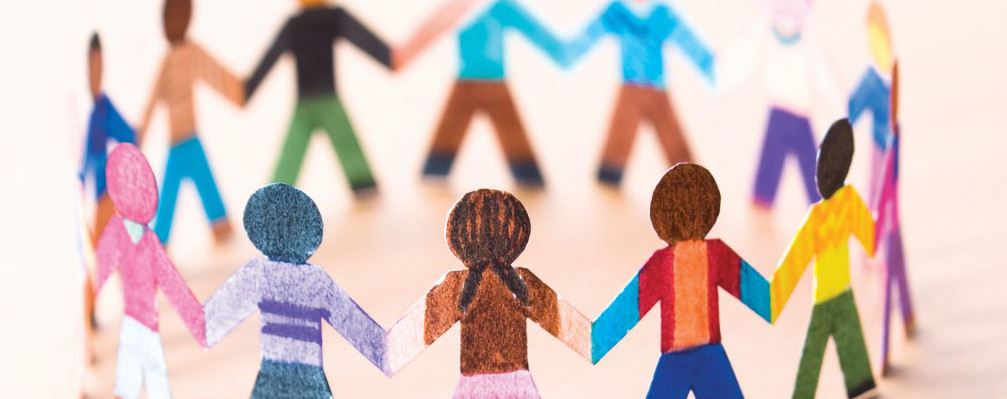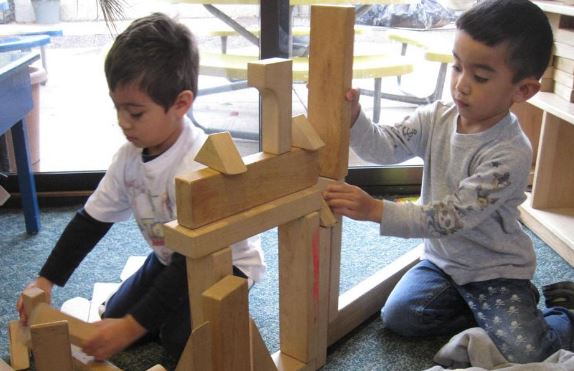Educate yourself about the autism spectrum.
I never realized autism was part of my life until I truly opened my eyes. Years ago, I was on a panel of educators and parents discussing the impact of having special needs students included in mainstream classrooms. In keeping with the philosophy of offering every student the “least restrictive environment,” children with a wide range of learning disabilities, from hearing impaired to those diagnosed with autism, were becoming common place in classrooms across the county. The panel included teachers from regular education classes, special ed teachers, administrators and parents, like me, who embraced the concept of inclusion for all. Interestingly, the audience was made up of administrators from across the county with questions, comments and concerns about the pros and cons to inclusion. At the end of the meeting, I chased down one of the autism teachers and said, “Tell me the truth. Are there really more diagnosed cases of autism?” She answered in one word, “Yes.” Within a couple of years, her truth became reality in my little preschool population. A unique group of boys signed up to start preschool in September, several exhibiting some form of communication processing difficulties, ranging across the autistic spectrum. In my forty years of teaching, “The Boy’s Club,” as we dubbed ourselves, might have taught me more about education than any other year I taught.
Over the years, our traditional preschool had enrolled children who exhibited communication difficulties, undiagnosed, across the autistic spectrum. While I was no expert in autism, I held the belief all children should be immersed in a rich learning environment which addressed the developmental level at which they were functioning. Since this group was going to need an exceptional amount of social/communication opportunities, interaction between the children was the primary objective in learning. Secondly, I viewed the classroom as a thriving community with the educator as facilitator and students active participants in “team learning” opportunities. Daily tasks, from setting up centers to clean up, were the “work” of everyone in the room. Everyone was dependent on everyone else to learn.
If a child was our chief block engineer, then the other children would seek the expert’s help in better block building skills. Over time, we learned the strengths of each class member and complimented each other often.
We sang, danced and moved, chairs optional, often pushed to the sides of the room because we were an active bunch. Rules were few, but followed and monitored by our “rule followers.” Circle time was organized and interactive. Like any other classroom, when conflicts or tempers rose, we used verbal conflict resolution to diffuse the situation. Because each child felt honored, we had few meltdowns or conflicts. Teacher led classroom management was minimal.
 I will never forget the day, one guy, who had difficulty retrieving language, dressed daily in blue superhero garb, stopped at the thresh hold. He surveyed the room and then smiled broadly. Without a word, he joined his friend by the window. Together they rocked to music as a sort of “hello dance.” Soon a couple of other classmates join them enthusiastically. Communication was on a whole new level in our classroom. Every opportunity to engage this group in positive, healthy communication was the sole purpose of our curriculum. Any observer would have seen a traditional preschool class of children, with the exception they were all boys. When the end of the year came around, the parents and I knew this coming together of a unique group of children had been a serendipitous experience. We had all grown in ways both wondrous and unspoken. I am certain it laid the foundation for positive educational opportunities for each member of “The Boy’s Club” as they ventured into kindergarten and beyond.
I will never forget the day, one guy, who had difficulty retrieving language, dressed daily in blue superhero garb, stopped at the thresh hold. He surveyed the room and then smiled broadly. Without a word, he joined his friend by the window. Together they rocked to music as a sort of “hello dance.” Soon a couple of other classmates join them enthusiastically. Communication was on a whole new level in our classroom. Every opportunity to engage this group in positive, healthy communication was the sole purpose of our curriculum. Any observer would have seen a traditional preschool class of children, with the exception they were all boys. When the end of the year came around, the parents and I knew this coming together of a unique group of children had been a serendipitous experience. We had all grown in ways both wondrous and unspoken. I am certain it laid the foundation for positive educational opportunities for each member of “The Boy’s Club” as they ventured into kindergarten and beyond.
In truth, you know these boys. They are our children, cousins, neighbors and a passing child along the way. Whether you eyes are wide open or not, children and adults on the autism spectrum walk among us daily. To learn more about the autism spectrum is to know more about each of our own children, cousins, neighbors or a passing child or adult along the way. All you need to do is open your eyes and heart.
Some suggested readings and videos about the autism spectrum:
*Short informative video for children “Amazing Things Happen” by Alex Amelines
*Short video for all ages “Talking in Pictures” by George Watts
*YA novel Rain Reign by Ann M. Martin
*First person blog “Everywhere I go there is noise” by S. Scott Sanderson
*Autobiography Thinking in Pictures, Expanded Edition: My Life with Autism by Temple Grandin
*Tedx Talks “What happens to children with autism, when they become adults?” by Kerry Magro
*Memoir (translated) The Reason I Jump: The Inner Voice of a Thirteen-Year-Old Boy with Autism by Naoki Higashida





Leave a Reply